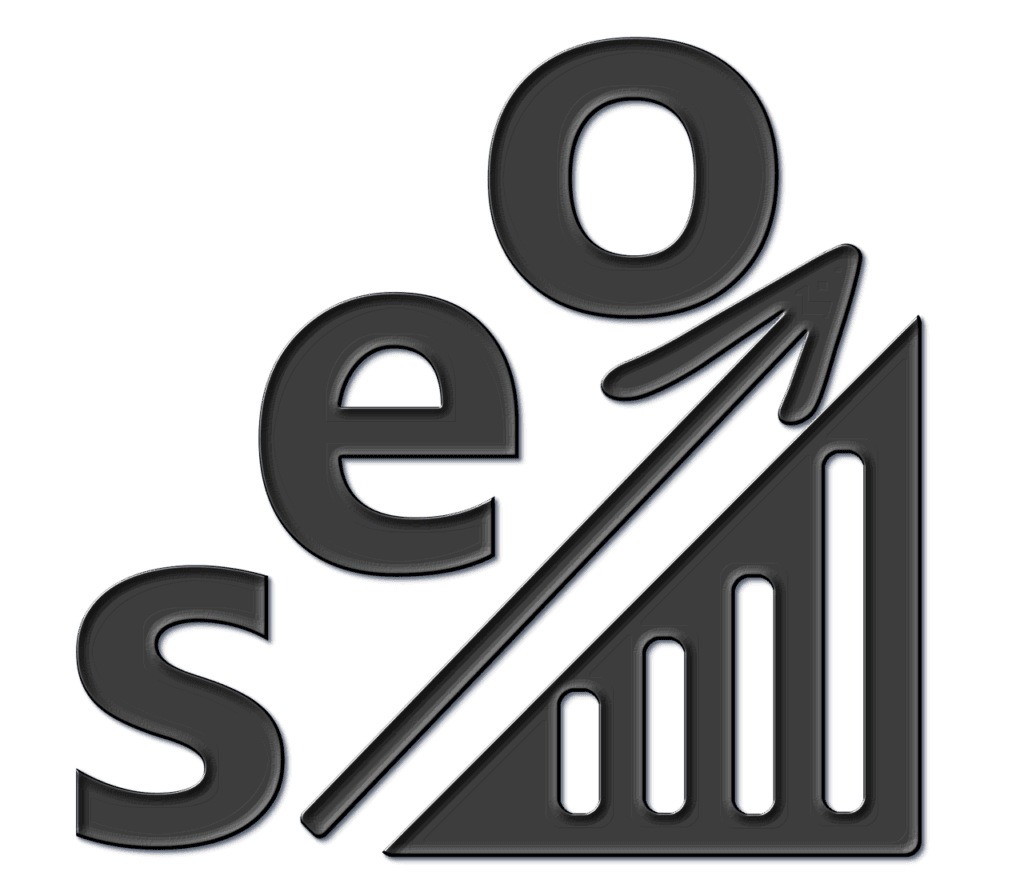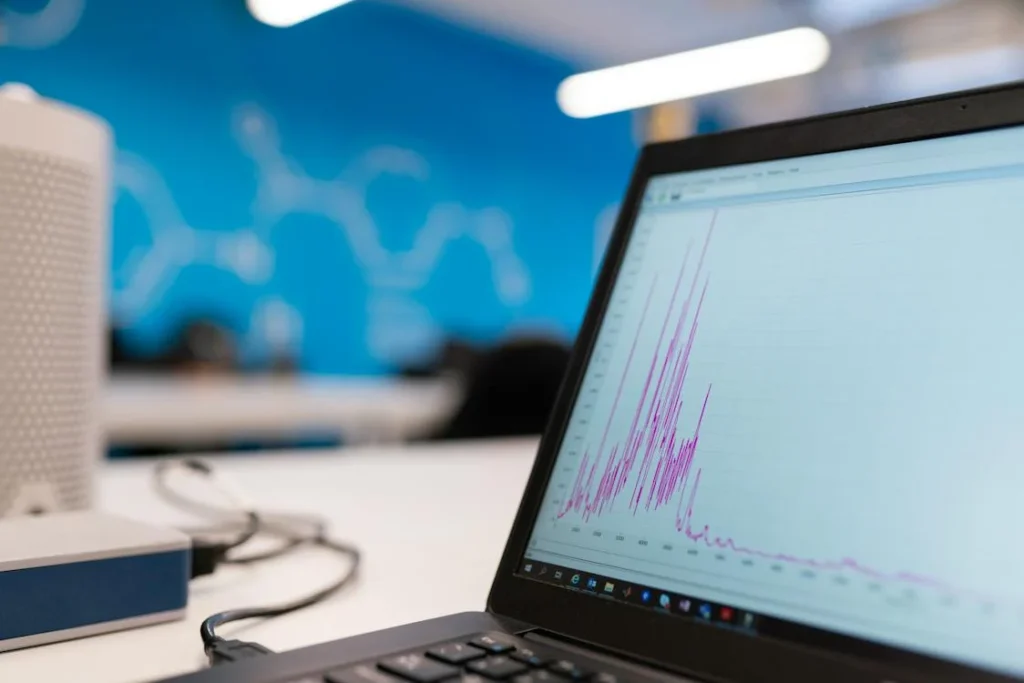Organizations generate and utilize an enormous amount of digital content, ranging from images and videos to documents and design files. As the volume and diversity of digital assets continue to grow, managing these assets effectively becomes an increasingly critical component of a business’s success. Digital asset management (DAM) is the process of organizing, storing, and distributing digital assets in a systematic manner, ensuring that they are easily accessible and usable across various platforms and channels.
This article provides a deep dive into digital asset management, discussing its importance, key features, best practices, and future trends.
What are Digital Assets
Digital assets encompass a wide range of digital files that hold intrinsic or acquired value, often serving as essential components in an organization’s marketing, communication, or operational efforts.
These assets can be categorized into several types, including images, videos, documents, audio files, and design files. Images may include photographs, illustrations, or logos, while videos can range from promotional clips to instructional materials.
Documents may consist of PDFs, Word files, or PowerPoint presentations, while audio files can involve music, podcasts, or sound effects. Design files, on the other hand, may comprise Photoshop, Illustrator, or InDesign files, among others.
Understanding the value of digital assets is crucial, as they often represent significant investments in time, resources, and creativity.
They play a central role in an organization’s branding, marketing, and communication efforts, helping to shape its identity, convey its message, and engage its audience.
As such, managing digital assets effectively is essential for maximizing their value, ensuring that they are utilized appropriately and consistently across various platforms and channels.
The Need for Digital Asset Management
Organizations often face several challenges when managing their growing portfolio of digital assets, such as organizing and categorizing assets, locating and accessing assets, and ensuring proper usage and rights management. Without a systematic approach to managing digital assets, businesses may encounter difficulties in maintaining efficiency, collaboration, and brand consistency, leading to lost opportunities and wasted resources.
Implementing a digital asset management system can help organizations address these challenges, providing a centralized platform for storing, organizing, and distributing digital assets. A DAM system can improve efficiency by enabling users to easily locate and access the assets they need, reducing the time spent searching for files or recreating lost content.
It can also enhance collaboration by allowing users to share, comment on, and edit assets in real-time, streamlining workflows and ensuring that everyone is working with the most up-to-date versions of files.
Furthermore, a DAM system can promote better brand consistency by facilitating the proper usage of assets across various platforms and channels, ensuring that the organization’s branding and messaging remain cohesive and aligned with its overall strategy.
Recommended Read: All about the Porter’s Five Forces Model
Key Features of Digital Asset Management Systems
Digital asset management systems offer a range of features designed to help your business manage its digital assets more effectively. These features may include:
- Centralized storage and organization: DAM systems provide a single repository for storing and organizing digital assets, making it easier for users to locate, access, and manage their files. This centralized approach not only simplifies asset management but also helps to prevent the duplication of files, reducing storage costs and ensuring that users are working with the most up-to-date versions of assets.
- Advanced search and retrieval capabilities: To facilitate the efficient location and retrieval of digital assets, DAM systems often include advanced search features, such as keyword search, filters, or faceted navigation. These features allow users to quickly find the assets they need, saving time and improving productivity.
- Access controls and permissions: DAM systems enable organizations to manage user access and permissions, ensuring that only authorized individuals can view, edit, or share digital assets. This can help to protect sensitive or proprietary content, as well as to prevent unauthorized usage or distribution of assets.
- Metadata management and tagging: Metadata, or data that describes other data, is a crucial component of effective digital asset management. DAM systems typically allow users to add, edit, and manage metadata for their digital assets, such as file names, descriptions, keywords, or copyright information. This metadata can be used to improve search and retrieval capabilities, facilitate rights management, and support the organization and categorization of assets.
- Version control and file history: To ensure that users are always working with the most up-to-date versions of digital assets, DAM systems often include version control and file history features. These features allow users to track changes to assets, revert to previous versions if necessary, and maintain a clear record of revisions, helping to prevent confusion and streamline workflows.
- Integration with other tools and platforms: Many DAM systems are designed to integrate with other tools and platforms commonly used by organizations, such as content management systems, marketing automation platforms, or project management tools. These integrations can help to create a seamless, end-to-end workflow for managing digital assets, enabling users to access and utilize assets more effectively across various channels and platforms.
Choosing the Right Digital Asset Management System
Selecting the right digital asset management system for your organization involves several factors, including assessing your organization’s needs, evaluating different DAM solutions, and considering implementation and user adoption.
To begin, it’s essential to have a clear understanding of your organization’s specific requirements and objectives in terms of digital asset management. This may involve identifying the types of assets you need to manage, the number of users who will be accessing the system, and the workflows or processes that the system needs to support.
When evaluating different DAM solutions, you’ll need to consider factors such as whether the system is cloud-based or on-premise, its scalability and customization options, and its pricing and budget implications.
Cloud-based DAM solutions offer the advantages of remote access, automatic updates, and reduced IT infrastructure requirements, while on-premise solutions may provide greater control over security and data storage. Scalability and customization are also crucial, as your organization’s digital asset management needs may evolve over time, necessitating a system that can adapt and grow accordingly.
Finally, it’s essential to consider the implementation and user adoption aspects of a DAM system. This may involve assessing the system’s ease of use, its compatibility with existing tools and platforms, and the level of training and support provided by the vendor.
Ensuring that users are comfortable and proficient with the new system is critical to maximizing its benefits and achieving a successful implementation. Here are 15+ of the top digital asset management software reviewed and compared!
Related Reads:
- Best Cloud-based HR Software: Compared!
- 21+ Top Document Management Software compared (find the one for your exact business needs!)
Best Practices for Managing Digital Assets
To make the most of your digital asset management system, it’s essential to adhere to best practices for managing digital assets. These may include:
- Establishing a clear organizational structure: Creating a well-defined structure for organizing and categorizing digital assets is crucial to ensuring that they can be easily located and accessed. This may involve developing a folder hierarchy, assigning categories or tags, or implementing a consistent file naming convention.
- Implementing a consistent metadata and tagging strategy: Applying consistent metadata and tags to your digital assets can greatly enhance their searchability and retrieval, making it easier for users to find and utilize the assets they need. This may involve creating a standardized set of keywords, tags, or descriptions, and ensuring that they are applied consistently across all assets.
- Regularly auditing and updating your digital assets: To maintain the value and relevance of your digital assets, it’s important to periodically audit and update your asset library. This may involve reviewing and updating metadata, removing outdated or redundant assets, or adding new assets to reflect changes in your organization’s branding, messaging, or strategy.
- Training users and promoting DAM system adoption: To maximize the benefits of your DAM system, it’s essential to ensure that users are familiar with its features and capabilities, and are comfortable using it in their daily workflows. You may need to provide training sessions, create your own custom user guides or tutorials for your employees, or offer ongoing support and assistance as needed.
- Continuously evaluating and optimizing your DAM strategy: Digital asset management is an ongoing process, and it’s essential to regularly evaluate and optimize your strategy to ensure that it continues to meet your organization’s needs and objectives. This may involve monitoring system usage and performance, soliciting user feedback, or exploring new features or technologies that could enhance your DAM capabilities.
Future Trends in Digital Asset Management
As the digital landscape continues to evolve, digital asset management systems are likely to adapt and incorporate new features and technologies to meet the changing needs and expectations of users. Some future trends in digital asset management may include:
#1. Artificial intelligence and automation
The integration of artificial intelligence (AI) and machine learning technologies into DAM systems can help to streamline and automate many aspects of digital asset management, such as metadata generation, asset categorization, or image recognition. These technologies can help to improve the efficiency, accuracy, and scalability of DAM processes, enabling organizations to manage their growing portfolio of digital assets more effectively.
#2. Integration with emerging technologies
As new technologies continue to emerge and gain traction, it’s likely that DAM systems will increasingly integrate with these innovations to support a wider range of use cases and applications. Examples may include blockchain technology for secure asset tracking and rights management or virtual reality (VR) and augmented reality (AR) platforms for immersive asset creation and consumption.
#3. Evolving user needs and expectations
As the digital landscape continues to change, users’ needs and expectations in terms of digital asset management are likely to evolve as well. DAM systems will need to adapt to these changing requirements, providing new features and capabilities that help users manage their digital assets more effectively, efficiently, and intuitively.
Wrapping it up
In conclusion, digital asset management plays a crucial role in helping organizations manage their growing portfolio of digital assets, ensuring that they are easily accessible, usable, and valuable across various platforms and channels.
By implementing a robust DAM system, organizations can improve efficiency, enhance collaboration, and streamline workflows, ultimately promoting better brand consistency and more effective use of their digital assets.
By understanding the key features, best practices, and future trends in digital asset management, businesses can make informed decisions about how to implement and optimize their DAM strategy, positioning themselves for success in today’s rapidly evolving digital landscape.
Read Next:
- Best Customer Support tools to boost your customer service
- Best Enterprise Resource Planning Software for Your Business: Reviewed and Compared!
- Best Account-based Marketing tools: Reviewed
- 13 Best ERP Software: Which one should you use?





















